You are here
Back to topVietnam Links Excessive Cadmium in Durians to Korean Fertilizers
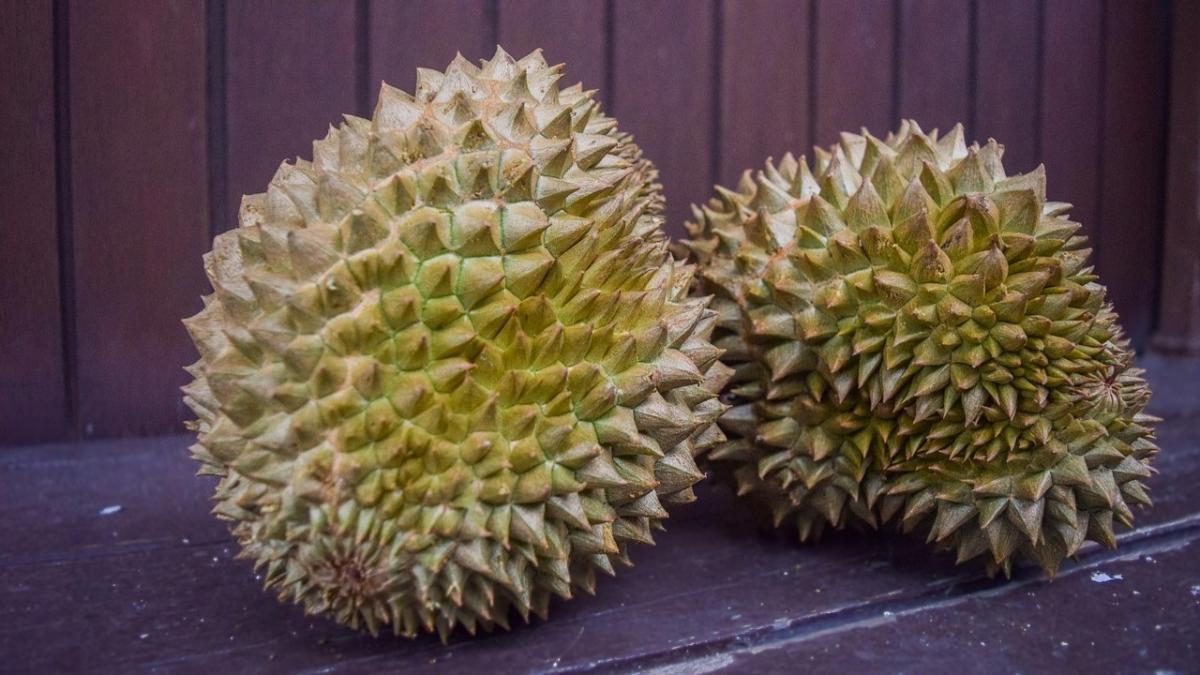
According to Vietnamese media reports, Vinacam Group, a prominent fertilizer importer and distributor in Vietnam, recently submitted a formal request to the country’s prime minister seeking an investigation into excessive cadmium levels in durians, allegedly linked to the use of diammonium phosphate fertilizers imported from South Korea.
Vinacam Group emphasized that Korean diammonium phosphate fertilizers are highly favored by farmers for their fast-dissolving properties. These fertilizers are extensively used on vegetables and cash crops, especially high-value fruits such as durians. The primary regions utilizing these fertilizers include the provinces of Tien Giang, Long An, Dong Thap, Binh Duong and Dong Nai.
Under Vietnamese official standards, the cadmium content in imported and distributed diammonium phosphate fertilizers must not exceed 12 milligrams per kilogram. However, market management authorities in some regions submitted samples for testing, which confirmed cadmium levels exceeding the permissible limit.
As early as the first half of 2023, Vinacam Group convened multiple meetings and issued formal letters urging Korean manufacturers to take steps to comply with Vietnamese standards. However, no consensus has yet been reached between the parties.
Since late July 2023, Vinacam Group has formally notified the Ministry of Agriculture and Rural Development, the Ministry of Industry and Trade, and other relevant agencies about this issue. However, the matter remains unresolved.
Vinacam Group has also suggested that excessive cadmium levels in durians may be attributable to residual cadmium in the soil.
On the morning of May 28, Sun Meijun, director of China’s General Administration of Customs, held a meeting with Do Duc Duy, Vietnam’s Minister of Agriculture and Environment. The discussions centered on strengthening customs inspection and quarantine collaboration between China and Vietnam, maintaining the safety of imported and exported food, and fostering healthy trade growth in agricultural and food products between the two nations. A key focus was eliminating obstacles to Vietnam’s durian trade with China and ensuring the smooth export of Vietnamese lychees in 2025.
The two sides agreed to strengthen cooperation and address issues and obstacles in the import and export of agricultural, forestry and aquatic products between the two countries as soon as possible. Both parties will work closely to facilitate the access of Vietnamese agricultural and forestry products to the Chinese market. Accordingly, their technical departments will expedite the market access negotiations, streamline related procedures and aim to sign the relevant export protocols as soon as possible. China will also send a working group to conduct on-site inspections of Vietnamese pomelo and lemon production facilities as part of preparations for drafting the export protocols.
China and Vietnam also agreed to establish an annual rotating ministerial meeting mechanism to strengthen bilateral collaboration. A joint working group on food safety and quality inspection will be formed to foster cooperation and swiftly resolve emerging issues. Furthermore, the two sides agreed to implement a green channel mechanism for agricultural products, ensuring expedited customs clearance during peak fruit harvest seasons. This includes extending operating hours at border checkpoints during high-demand periods to accommodate clearance needs efficiently.
According to statistics from the Plant Protection Department of Vietnam’s Ministry of Agriculture and Rural Development, Vietnam has remained China’s second-largest durian supplier since the start of 2025. However, the export volume and value have declined by 71% and 74%, respectively. Consequently, Vietnam’s share of the Chinese durian market has fallen to 28%, compared with 42% in 2024.
By the end of 2024, Vietnam’s durian cultivation area had reached nearly 179,000 hectares, with production in 2025 forecast to exceed 1.5 million metric tons. Currently, the southeastern region is in its harvest season, which will continue until August. The Central Highlands region is expected to harvest from July to October, with the late-season harvest primarily concentrated in the southwestern region.
Image: Pixabay
This article was translated from Chinese. Read the original article.



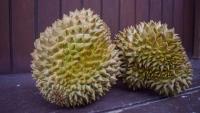
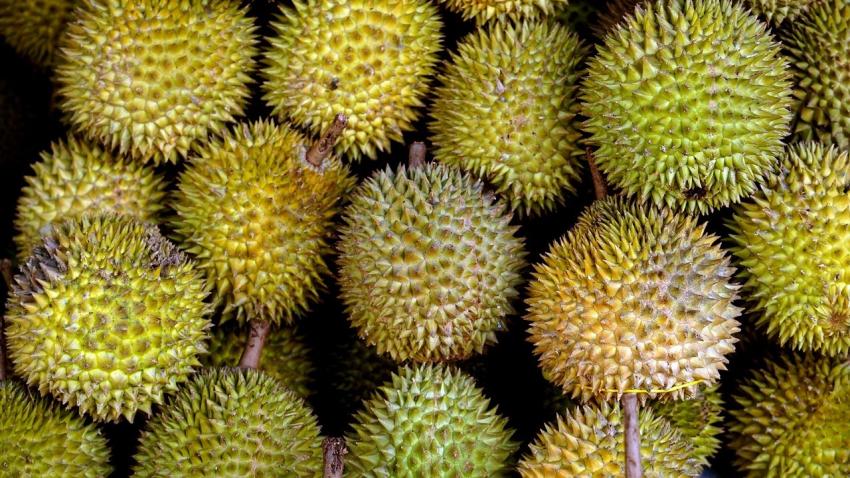
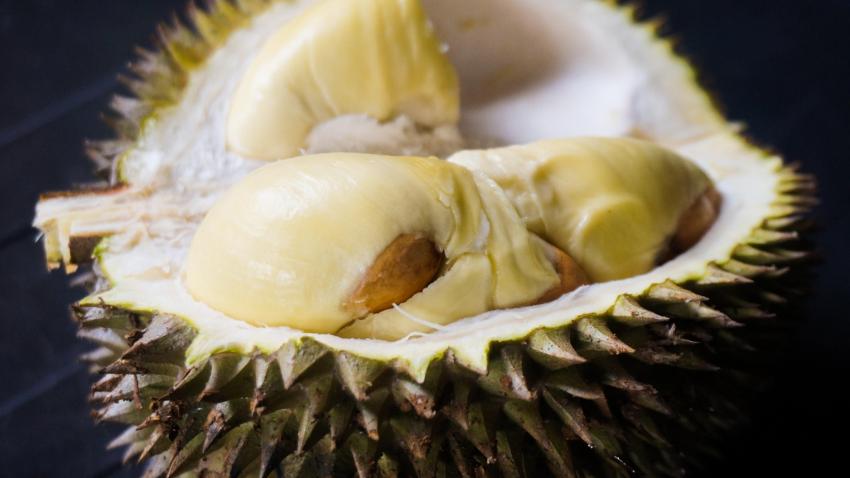


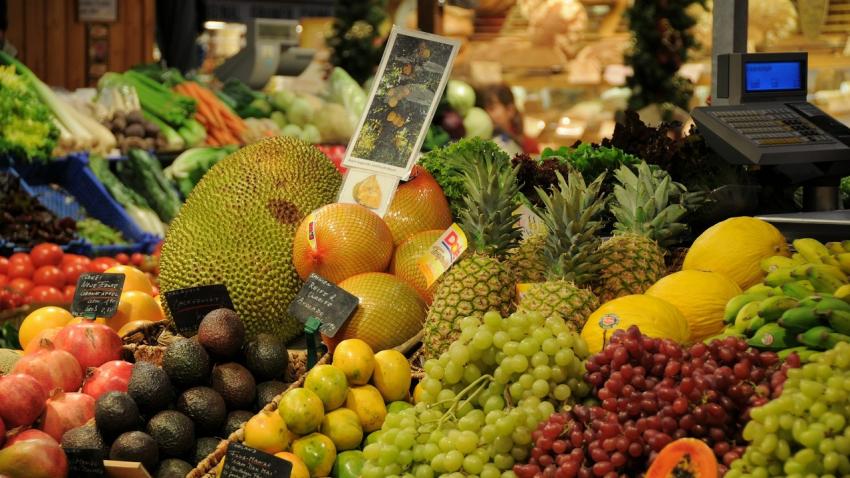
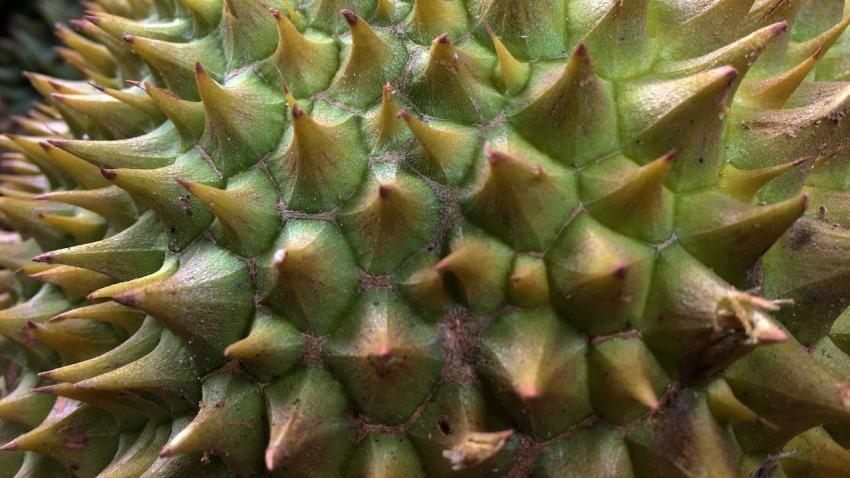



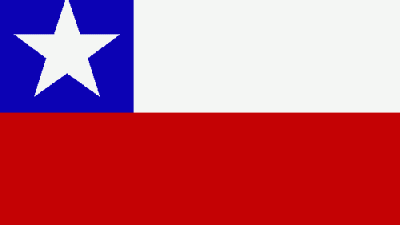

Add new comment